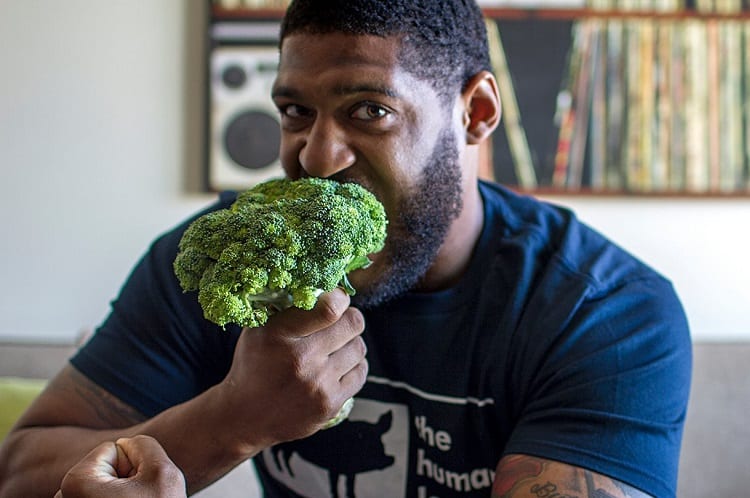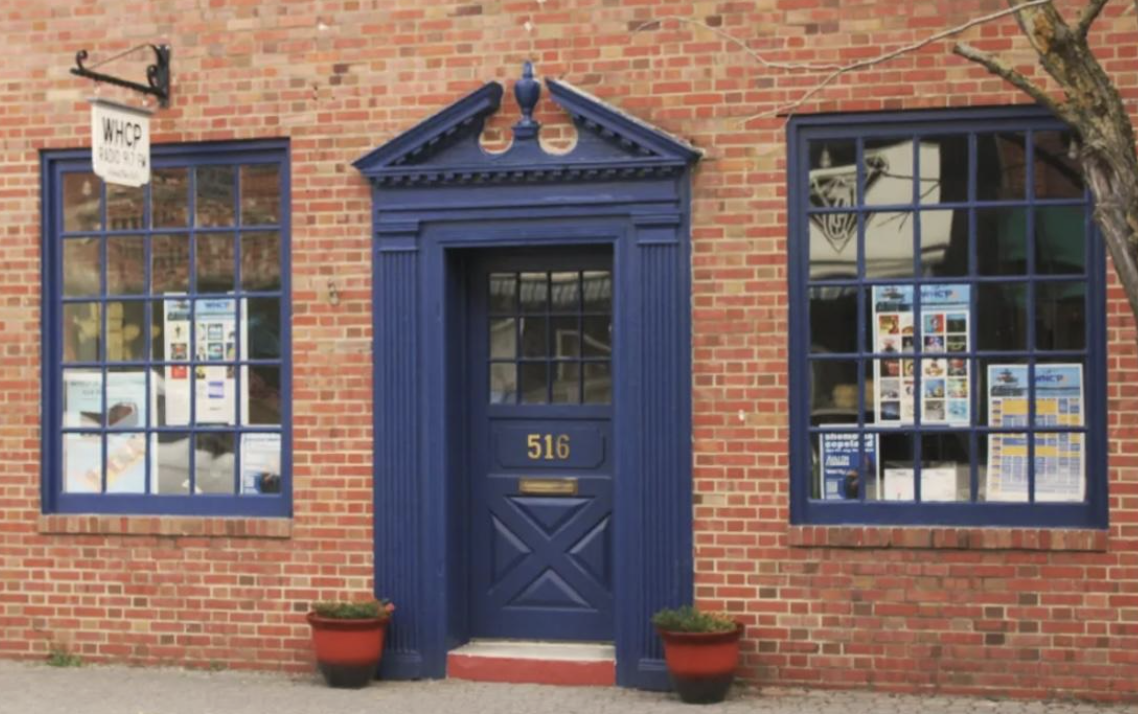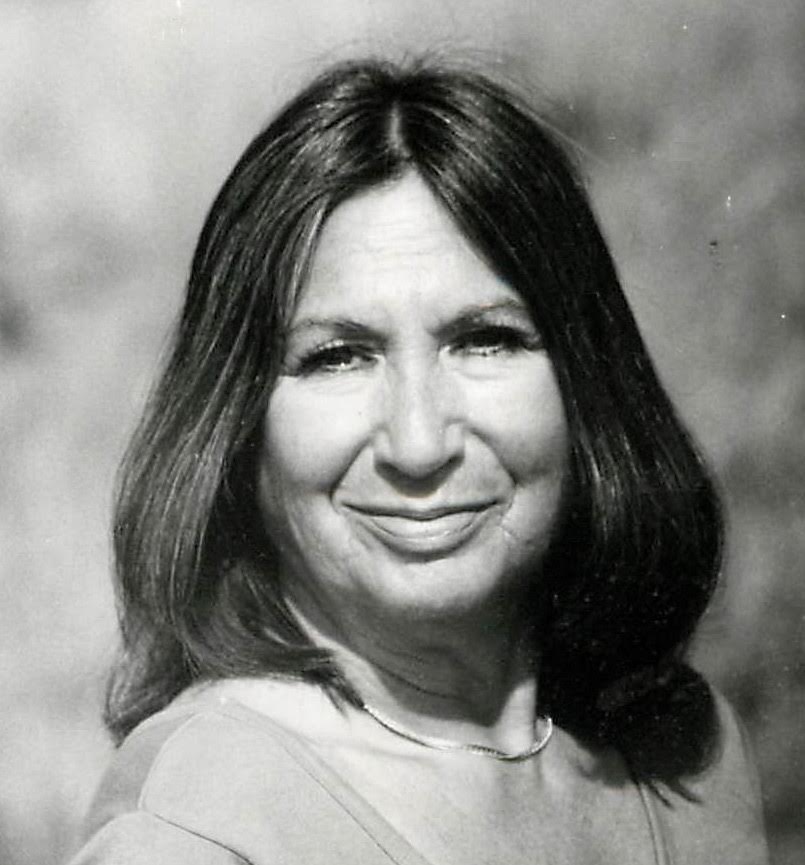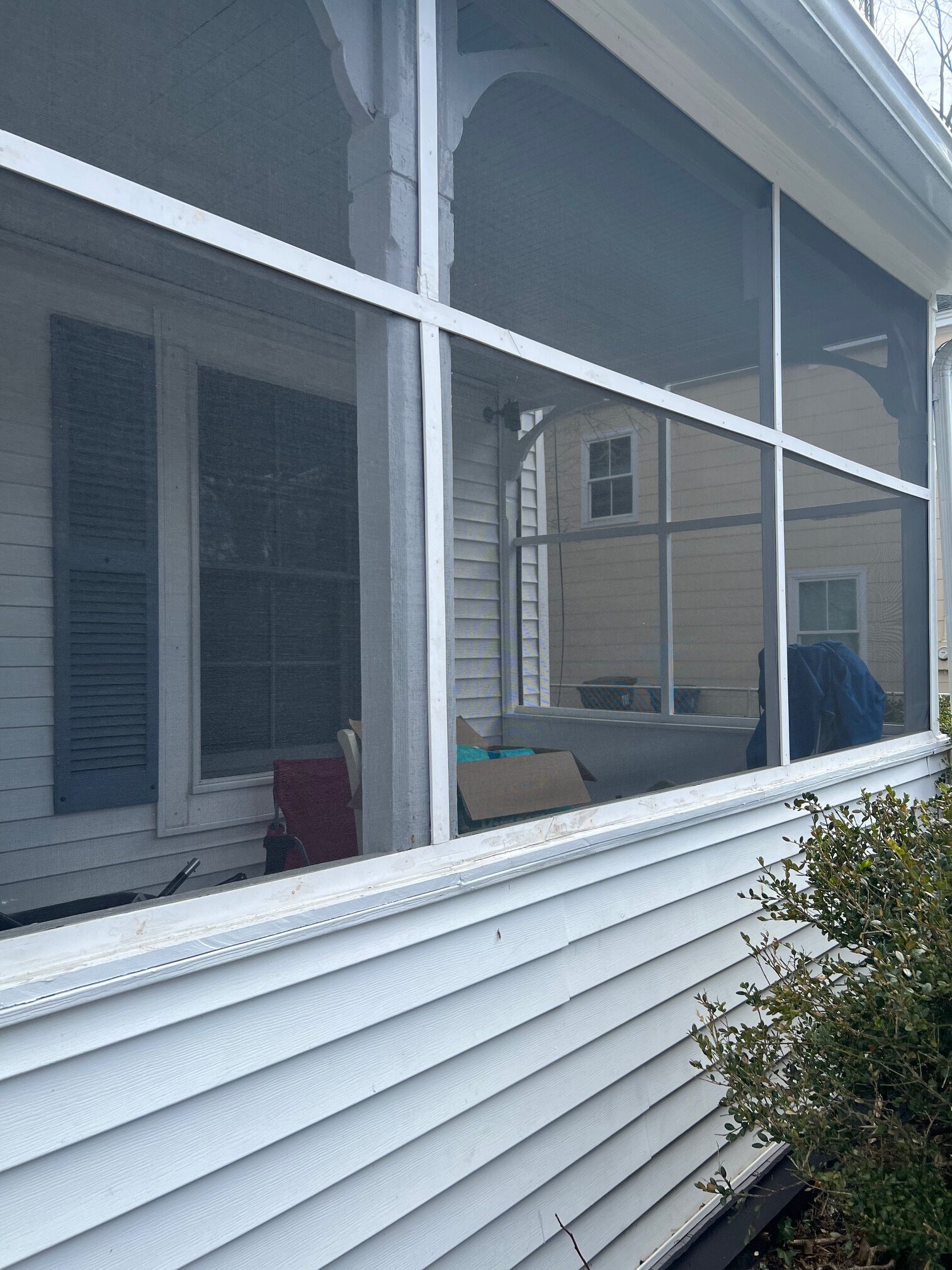It’s very hard to be a vegan on the Eastern Shore. In fact I have no doubt that it’s one of the hardest things to be. The Eastern Shore is built on food, the experience of food, the sharing and the preparation. There’s also a monetary footprint that is throughout the region. For example, according to 2020 USDA statistics, the poultry industry earned Maryland 6.7 billion dollars. That’s a lot of money.
For some “food is love” and nothing says love like crabs from the Chesapeake Bay or visiting the best restaurants looking for the best steak.
But what can you do when you’re vegan in a place like the Eastern Shore?
What exactly is “vegan?” According to the stringent definition, a vegan cannot have meat or seafood, basically food from animals. It sounds unfathomable and it sounded unfathomable to me too, until I became a vegan.
My entry in the “vegan business” came about during one bad day of eating and overeating. I was at Harris Teeter one afternoon, waiting for a sandwich that included pretty much everything on the menu. The young woman fixing the sandwich put six extra pieces of bacon on it and smiled like it was my lucky day. Yeah, really lucky. Besides this nadir, I had begun to get headaches from eating too much tuna, and a big fat belly from eating 4 and a half full meals a day. I had to do better.
I credit my girlfriend for helping me go vegan. It’s easier for her, however, she lives in New York. In comparison, Maryland isn’t as vegan friendly as it could be and the Eastern Shore is less so.
That said I’m here one of the statistics and really I should have been a group member decades before I did. Even as early as 11, I had intermittent trepidation with foods like sausage, eggs and scrapple let alone the junk they had for school lunches.
By my teen years I was even worse. I’d spend a portion of the year (for five consecutive years) sick to death, in excruciating pain, always brought on by a bad sandwich, a sub, as I couldn’t even keep down water. But for a while, I’d have a bland diet, and then I get back on the horse and live at McDonald’s again. Only if I knew about the choices out there.
During my “salad days” Maryland didn’t offer many alternative diets but times of changed. According to a 2021 study, there are 480 vegans for every 1 million people in Maryland. I’m sure the number isn’t just concentrated on the Eastern Shore alone. And given that places like the Amish Market routinely have pigs roasting on a spit for all to see, this area doesn’t have many vegan opportunities.
In many respects I had to cultivate a plan, read books and hunt and peck for my food because it’s rarely available on the drive thru but there are some places here where it is.
Thankfully area restaurants have started to offer some unique things on the menu. A lot of times you can omit one or two things from the menu and still have the taste and the ambience of fine dining as well as a guiltless conscience.
Local restaurants like Out Of The Fire, Eat Sprout, Pho Van and Roma Alla Pizza have vegan alternatives. Eat Sprout has a few locations in the area, other restaurants in the area include Sunflower and Greens and The Ivy. I’ve got to mention 4 Sisters and Kabob and Curry also have a lot of vegan dishes.
There aren’t many vegan choices in the fast food realm but the Impossible Burger at Burger King is very good. Taco Bell also has a few things to offer — -when the building is actually there and not on fire.
If I had a measurement to quantify the specifics of my vegan diet, it’s probably 80% vegan, 20% not. I often hope for better but for a person who had scrapple with his scrapple, it’s not too bad.
Since I’ve been vegan, my cholesterol and blood pressure have all gone down. I’m gratified that I can show my newfound love for pigs, cows, and sheep by not filling my plate full of them.
Jason Elias is a pop culture historian and a music journalist



 The Mid-Shore area has always been an underutilized option for serving the community at large. For the past 30 years, the area was typified by the following stations: WCEI, WCEM, WTDK, and WAAI. WINX serves St. Michaels and Easton and is affiliated with WCEI.
The Mid-Shore area has always been an underutilized option for serving the community at large. For the past 30 years, the area was typified by the following stations: WCEI, WCEM, WTDK, and WAAI. WINX serves St. Michaels and Easton and is affiliated with WCEI.





 She won the Queen Anne Literary Press Award for her 1982 book
She won the Queen Anne Literary Press Award for her 1982 book  When I was driving around the streets of Easton, I saw three clearly homeless men sitting around the park. I couldn’t believe my eyes. Certainly homelessness happened for a few of us, but Easton is a prosperous town but the gulf between the have and have nots has seemed to broaden in these changing times. As a former worker in a shelter, my heart barely could take it. We have to do better.
When I was driving around the streets of Easton, I saw three clearly homeless men sitting around the park. I couldn’t believe my eyes. Certainly homelessness happened for a few of us, but Easton is a prosperous town but the gulf between the have and have nots has seemed to broaden in these changing times. As a former worker in a shelter, my heart barely could take it. We have to do better.